Expanding quality agricultural production areas
In the 2025 crop season, the whole province strives to cultivate more than 94 thousand hectares, of which the majority of the area is rice with 76.6 thousand hectares (accounting for more than 81% of the total area), the rest is corn, peanuts, melons, soybeans, vegetables and other crops. To ensure productivity and quality, the province directs to promote the conversion of crop structure towards expanding agricultural production areas according to safety procedures, cultivating high-quality, high-yield varieties, suitable for the weather and soil conditions of each region.
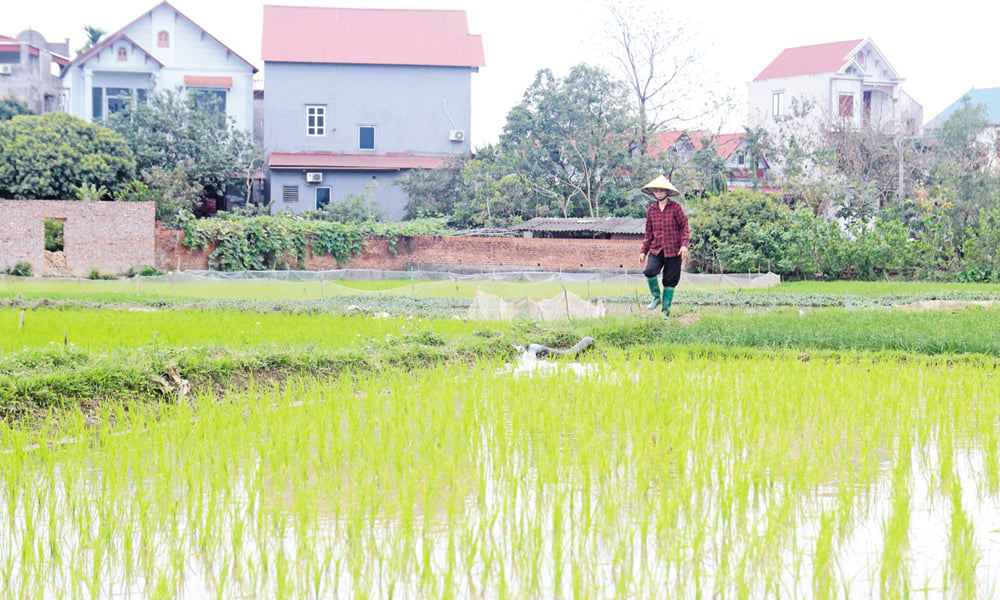 |
Farmers in Da Mai ward take care of newly planted rice. Photo: Mai Toan. |
Present in the high-quality rice fields of Trung Chinh commune, newly planted seedlings have taken root and turned green. Mr. Vu Van Hao, Chairman of the Commune People's Committee, said that the locality has planned nearly 900 hectares of concentrated rice growing areas. Immediately after harvesting the spring crop, the commune recommends that people prepare the land early, apply the technique of direct sowing in bulk to reduce seed costs, labor costs and facilitate care. Farmers are encouraged to apply deep fertilization right from the beginning of the season, use organic microbial fertilizers combined with lime powder to improve the soil, help the rice take root quickly, and limit organic poisoning. During the care process, technical staff regularly visit the fields, instructing on spraying additional biological products to prevent pests and diseases, ensuring safety for crops and the environment.
In many other localities, the model of "Footprintless Fields" and "Technology Fields" applying mechanization to the stages of land preparation, sowing, and spraying pesticides has been widely replicated. For example, in Xuan Cam commune, following the success of the spring-summer crop, this summer-autumn crop, the commune has deployed the model of "Footprintless Fields" planting new high-yield rice varieties on a scale of 24 hectares. The entire area has applied the transplanting machine technique. This year, Mrs. Nguyen Thi Hao's family in Cam Bao village has 8 sao of rice. Thanks to the flat fields and convenient machine planting, it only took half a day to complete the planting. Now, when entering the stage of care and pest control, the family continues to use drones to spray pesticides, ensuring both health and achieving clear results.
To help people have a safe and quality source of seeds, from the provincial budget, the Department of Agriculture and Environment organized a bidding to select a reputable supplier to provide 340 tons of rice seeds. The cost of buying seeds is 12.5 billion VND, of which the provincial budget subsidizes 6.8 billion VND, the rest is paid by farmers. Including rice varieties with high yield, good weather resistance, short growing time such as: BC15, TBR225, VNR20, TBR97, Bac Thom No. 7, Dai Thom 8, Du Huong 8, J02...
According to the Department of Crop Production and Plant Protection (Department of Agriculture and Environment), by July 29, the whole province had planted more than 75 thousand hectares, reaching 80% of the plan; of which rice reached 65 thousand hectares, the rest were corn, peanuts, and various vegetables. Of these, the area of quality rice reached about 40 thousand hectares; safe vegetables, applying improved and environmentally friendly farming techniques, were more than 2 thousand hectares, nearly equal to the target set for the whole crop.
Proactively respond to natural disasters and epidemics
To ensure the productivity and quality of the crop, striving to reach 56.6 tons/ha of rice, the Department of Agriculture and Environment recommends that localities that have not completed sowing and planting need to speed up the progress; continue to apply mechanization, combine the use of biological products, lime powder, and deep basal fertilizer for good rice growth, and limit pests and diseases. Key communes producing the crop closely coordinate with irrigation companies to review and isolate areas at risk of flooding, thereby proactively planning to pump and drain water when heavy rain occurs. In mountainous communes and highlands, there are characteristics of heavy rain accompanied by fog and large day-night temperature ranges. Therefore, it is advisable to choose short-term rice or vegetable crops that are easy to grow on mountainous terrain such as corn, sweet potatoes, and cassava.
According to the Department of Agriculture and Environment, this year, weather conditions during the crop season are complicated, with forecasts of extreme weather factors such as heat, storms, floods, hail, etc. likely to occur. Farmers need to proactively stock up on some short-term rice varieties and vegetable seeds to be ready to replant when damaged by the weather.
In addition, crops in the North often face many types of pests and diseases such as leaf rollers, brown planthoppers, blast disease, and silver leaf disease. These are factors that can reduce productivity or cause total loss if not prevented in time. Localities focus on directing safe and quality rice production according to the motto "one region - one variety - one time" to facilitate intensive investment, apply synchronous mechanization, and prevent pests and diseases. Pay attention to arranging specialized staff to closely follow the fields, monitor weather developments, and pest and disease situations to promptly detect unfavorable factors to crops, and handle them effectively from the beginning of the season, preventing the spread of diseases.
Source: https://baobacninhtv.vn/bac-ninh-mo-rong-vung-san-xuat-lua-hoa-mau-an-toan-chat-luong-postid422996.bbg


![[Photo] "Ship graveyard" on Xuan Dai Bay](https://vphoto.vietnam.vn/thumb/1200x675/vietnam/resource/IMAGE/2025/11/08/1762577162805_ndo_br_tb5-jpg.webp)






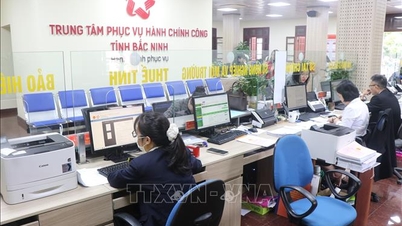

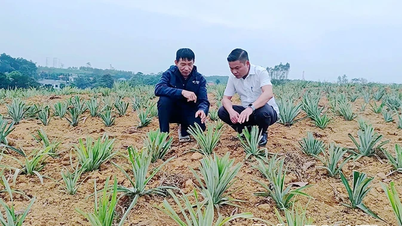

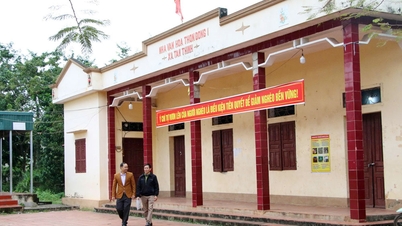
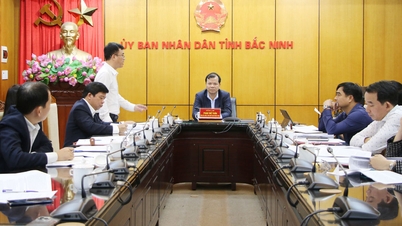


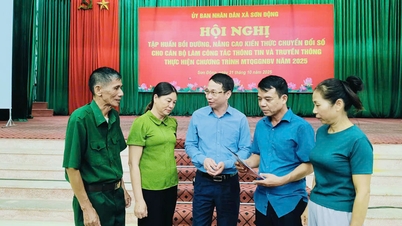






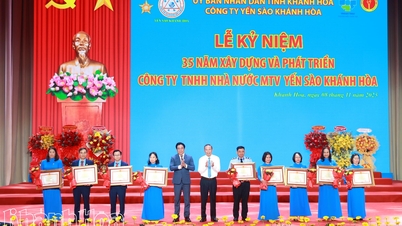

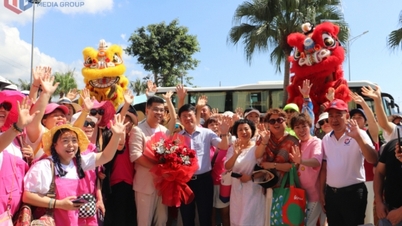




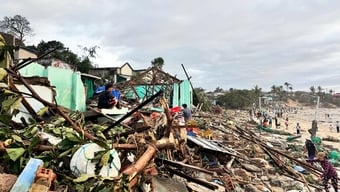


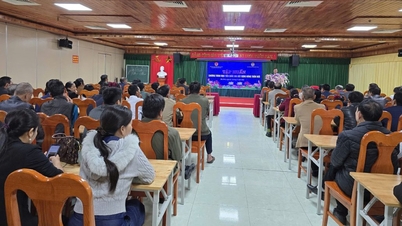






![[Video] Hue Monuments reopen to welcome visitors](https://vphoto.vietnam.vn/thumb/402x226/vietnam/resource/IMAGE/2025/11/05/1762301089171_dung01-05-43-09still013-jpg.webp)







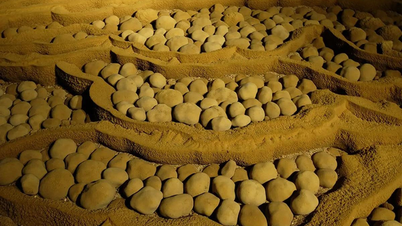


































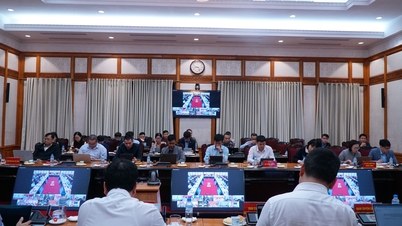

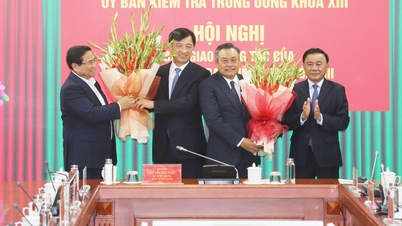

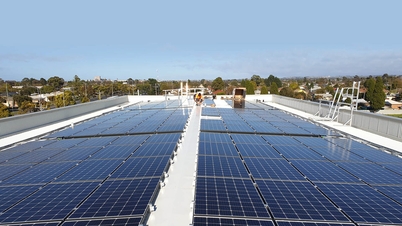



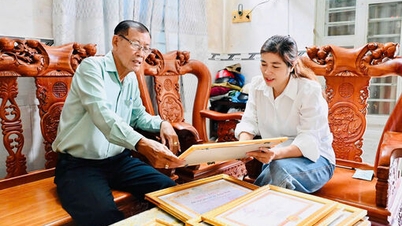






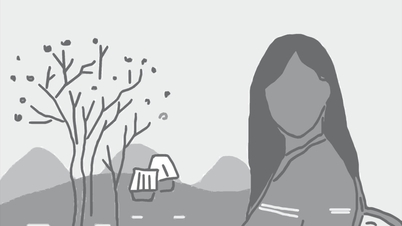















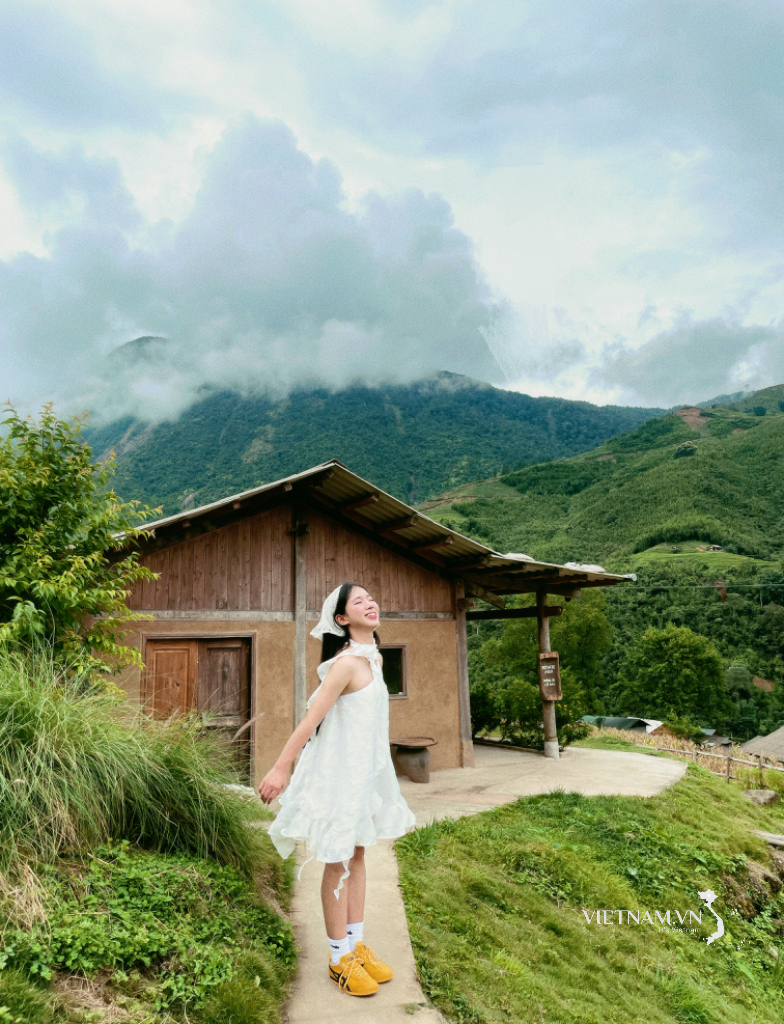


Comment (0)